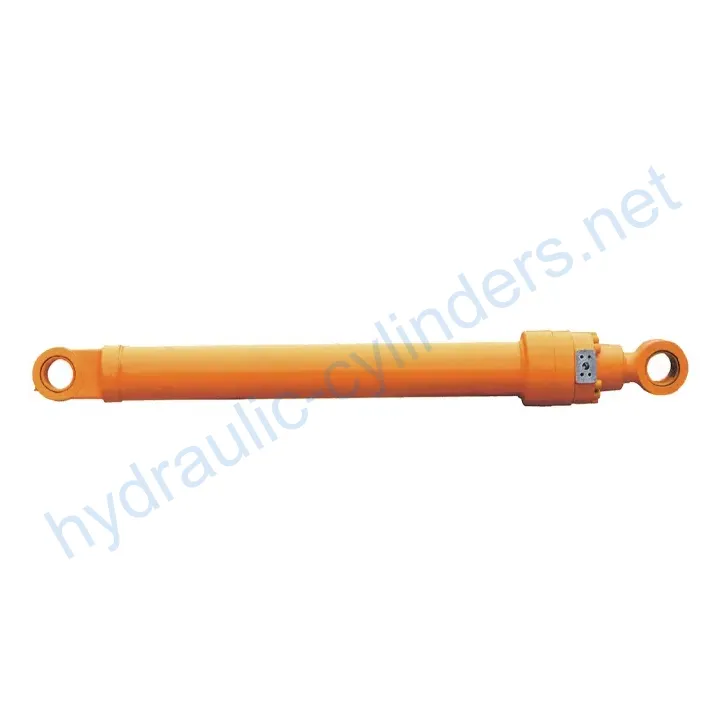Boom Cylinder For Kato Small Excavator HD800-7
Yhtenä hydraulisylinterien valmistajista, toimittajista ja mekaanisten tuotteiden viejistä tarjoamme hydraulisylintereitä ja monia muita tuotteita.
Ota yhteyttä meihin saadaksesi lisätietoja.
Posti:sales@hydraulic-cylinders.net
Valmistaja toimittaja viejä hydraulisylinterit.
Boom Cylinder For Kato Small Excavator HD800-7
Product Overview
The Boom Cylinder for Kato Small Excavator HD800-7 is an essential hydraulic component designed specifically for controlling the movement of the excavator’s boom. This hydraulic cylinder plays a crucial role in various heavy machinery operations, enabling the boom to lift, lower, and tilt with precision. It enhances the efficiency of material handling tasks, making it indispensable in construction and excavation sites.
As a specialized hydraulic cylinder, the boom cylinder facilitates a variety of operations in heavy machinery, such as excavators, backhoe loaders, and front-end loaders. It allows for seamless execution of tasks like digging, loading, and moving materials, thereby significantly improving productivity. The boom cylinder’s hydraulic mechanism operates through the pressure of hydraulic fluid, providing the necessary force for lifting and maneuvering heavy loads.
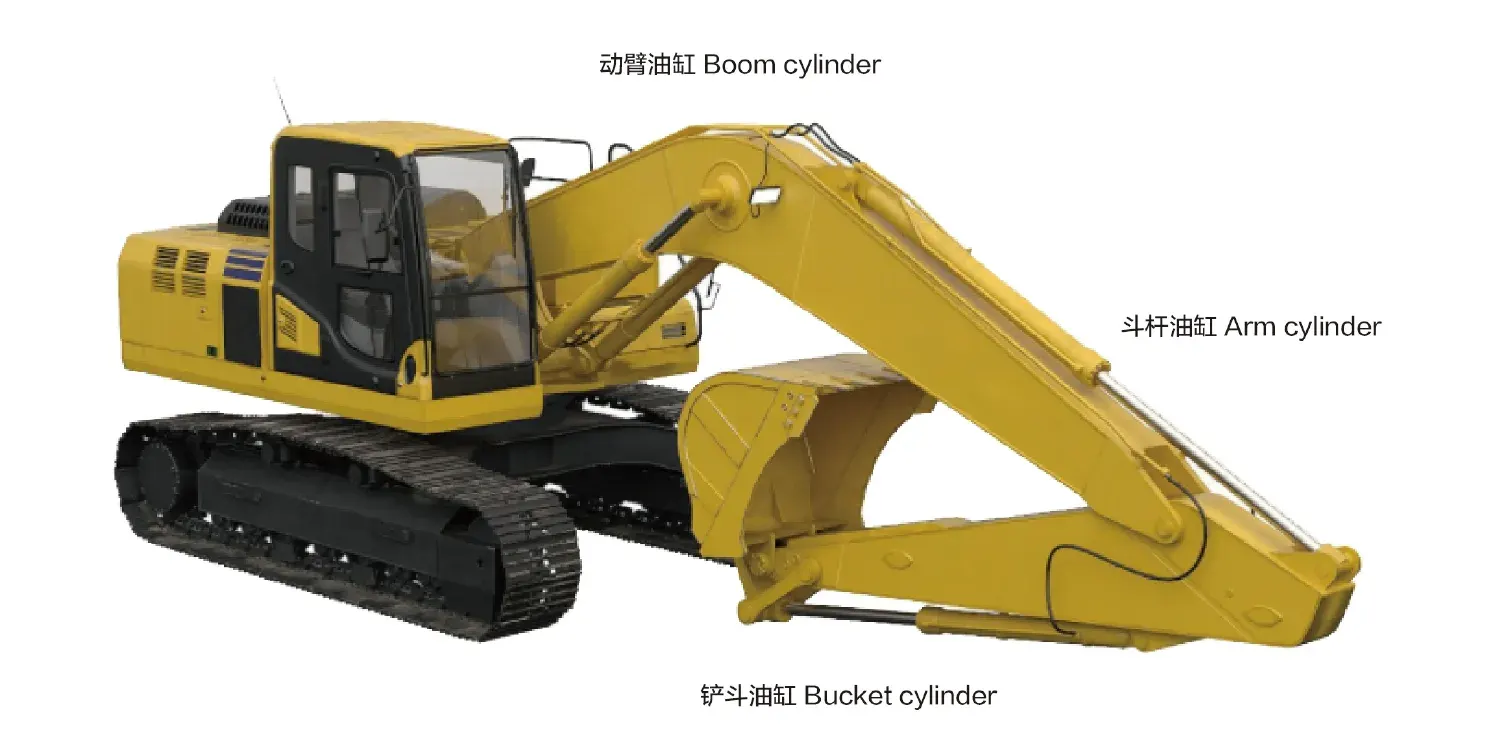
Features of the Boom Cylinder
-
High Strength and Durability
Constructed from high-strength steel or aluminum, the boom cylinder is designed to withstand high pressure and heavy loads, making it suitable for harsh working environments. The material is selected for its wear resistance and corrosion resistance, ensuring a prolonged operational lifespan.
-
Efficient Hydraulic Operation
The cylinder utilizes hydraulic oil pressure to achieve smooth extension and retraction. This allows for quick response to control commands, providing powerful push and pull capabilities, ideal for handling heavy objects and complex tasks.
-
Diverse Options
Available in both single-acting (operating in one direction) and double-acting (operating in two directions) designs, the boom cylinder can be tailored to meet various operational needs. Certain models are telescopic, allowing for greater extension without increasing external dimensions, suitable for applications where space is limited.
-
Compatibility
We manufacture products that perfectly replace existing hydraulic cylinders, ensuring seamless integration into your machinery without compromising performance.
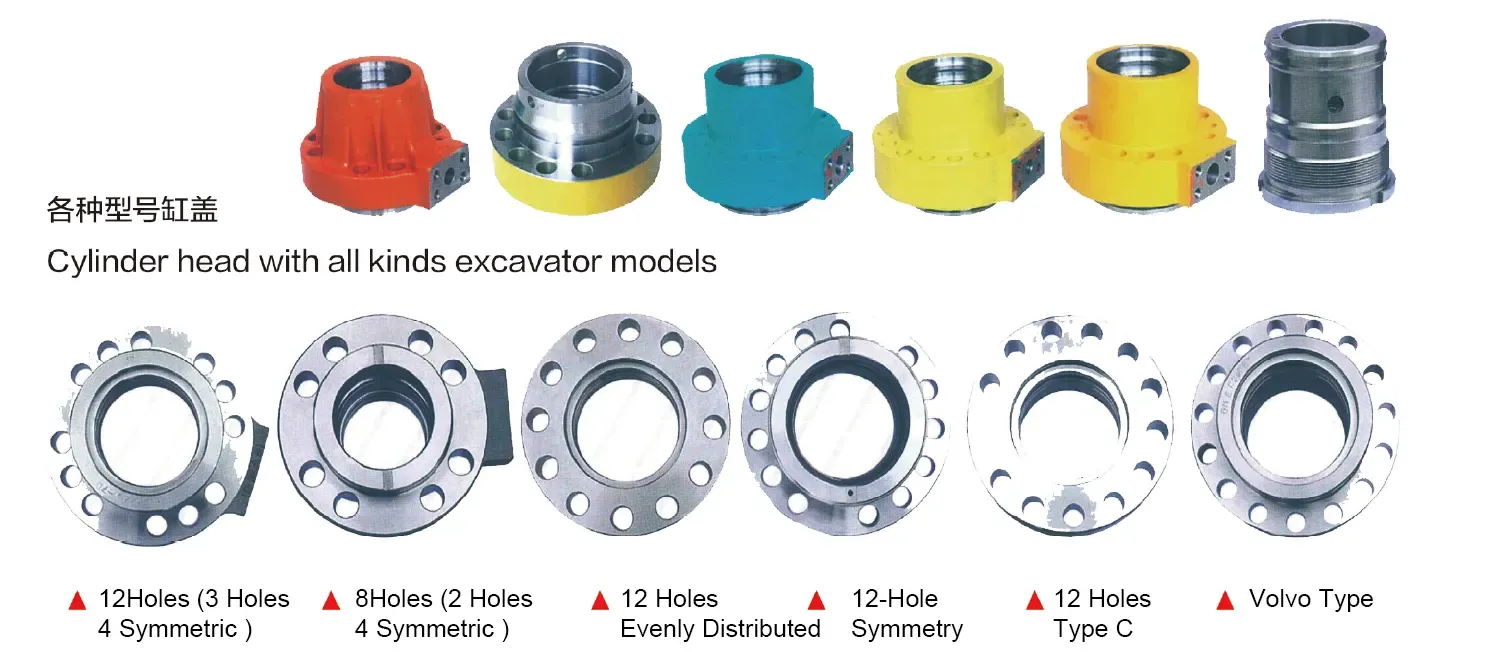
Applications of the Boom Cylinder
-
Construction Equipment
In excavators, the boom cylinder is crucial for digging, loading, and moving dirt or debris. It provides the necessary force to penetrate the ground and facilitate the removal of materials, enhancing the overall productivity of construction projects. The cylinder’s design allows for smooth motion, which is essential for precise maneuvering in tight spaces.
-
Agricultural Machinery
Boom cylinders are commonly used in front-end loaders for scooping, lifting, and transporting soil, hay, and other materials. Their robust design ensures that they can handle the rigors of agricultural work, delivering reliable performance even in challenging conditions.
-
Excavators
In excavators, the boom cylinder allows the bucket to penetrate the soil effectively, enabling efficient digging operations. This mechanism is vital for tasks ranging from site preparation to trenching, where precise control over the bucket’s movement is required.
-
Loaders
In front loaders, the boom cylinder aids in lifting and dumping loads effectively. Its hydraulic capabilities ensure that heavy materials can be managed with ease, reducing operator fatigue and increasing work efficiency.
Design Considerations and Selection Criteria
-
Load Capacity
When selecting a boom cylinder, understanding its load capacity is critical. The cylinder must be able to handle the maximum load that the machinery will encounter. A higher load capacity not only ensures that the equipment performs well under heavy conditions but also contributes to safety and longevity. The selection of materials and design must align with the anticipated operational demands to prevent failures or accidents.
-
Sealing
Effective sealing is vital for maintaining hydraulic pressure and preventing leaks. High-quality seals made from durable materials such as polyurethane and nitrile rubber should be used. These seals must withstand harsh environments and the effects of hydraulic fluid, ensuring a tight fit that minimizes wear and extends the life of the cylinder.
-
Durability
The durability of a boom cylinder is determined by its material choice and construction quality. It should be designed to resist wear and corrosion, especially when exposed to harsh conditions. Regular maintenance checks can help identify potential issues before they lead to significant failures, keeping the machinery operational and safe.
-
Safety Features
Safety is paramount when operating hydraulic machinery. The boom cylinder should incorporate features that prevent accidental operation or failure. This includes pressure relief valves and safety locks that ensure the cylinder does not operate beyond its designed capacity, thus protecting both the operator and the equipment from harm.
-
Maintainability
Designing the boom cylinder with maintenance in mind is crucial for long-term performance. Accessible grease fittings, easy-to-replace seals, and clear markings for inspection points help operators maintain the cylinder effectively. Regular inspections and maintenance routines can significantly extend the lifespan of the hydraulic cylinder, ensuring that it operates smoothly and efficiently over time.

Sealing and Lubrication of the Cylinder
Effective sealing and lubrication are vital aspects of maintaining the boom cylinder’s performance. Various sealing components, such as piston seals and rod seals, play a crucial role in preventing leaks and maintaining hydraulic pressure. The choice of materials for seals, such as polyurethane and nitrile rubber, ensures durability and resistance to wear, which is essential for long-term operation.
The cylinder’s body and threaded surfaces should undergo precision finishing to enhance wear resistance, reducing the likelihood of premature failure. Regular lubrication with hydraulic oil is necessary to minimize friction between moving parts, ensuring smooth operation. Operators should check oil levels frequently and add the appropriate amount of hydraulic fluid to maintain optimal lubrication, as insufficient lubrication can lead to increased wear and tear on the cylinder components.
Regular Inspection and Preventive Maintenance Measures
-
Frequent Inspections
Regular inspections of the boom cylinder are essential to identify signs of wear or damage early. Operators should conduct visual checks for leaks, cracks, and corrosion. Any abnormalities should be addressed promptly to prevent further issues and ensure the machinery operates safely.
-
Proper Lubrication
It is crucial to maintain appropriate lubrication levels in the hydraulic system. Operators should follow the manufacturer’s guidelines for lubrication intervals and quantities. Proper lubrication prevents friction and overheating, extending the life of the cylinder and enhancing performance.
-
Seal Replacement
Seals should be replaced periodically, especially if they show signs of wear or leakage. Regular maintenance routines should include checking seal integrity and replacing them as needed to maintain hydraulic pressure and prevent fluid loss. Ensuring that seals are in good condition is vital for the overall health of the hydraulic system.
Installation Guidelines
Proper installation of the boom cylinder is crucial for its performance and longevity. Begin by ensuring that all mounting surfaces are clean and free of debris. Align the cylinder accurately with the mounting brackets, using appropriate tools to avoid misalignment, which can lead to premature wear or failure.
Secure the cylinder using suitable fasteners, ensuring they are torqued to the manufacturer’s specifications. It is essential to utilize the correct mounting brackets to provide stable support for the cylinder during operation. After installation, check for any potential hydraulic leaks by testing the system under low pressure before full operation.
Finally, ensure that all hydraulic connections are secure, and perform a final inspection to confirm that the installation meets safety and operational standards.
Maintenance Tasks
-
Regular Inspections
Conducting regular inspections of the boom cylinder is vital for early detection of potential issues. Operators should look for signs of wear, leaks, or any unusual noises during operation. Addressing these issues promptly can prevent more significant problems and downtime.
-
Appropriate Lubrication
Maintaining the correct lubrication levels is essential for smooth operation. Operators should follow the manufacturer’s recommendations for hydraulic oil types and lubrication schedules to ensure optimal performance and extend the life of the cylinder.
-
Seal Replacement and Calibration Checks
Regularly replacing seals as part of the maintenance routine is critical for preventing leaks and maintaining hydraulic pressure. Additionally, calibration checks should be performed to ensure the cylinder operates within manufacturer specifications, ensuring safety and efficiency in operations.
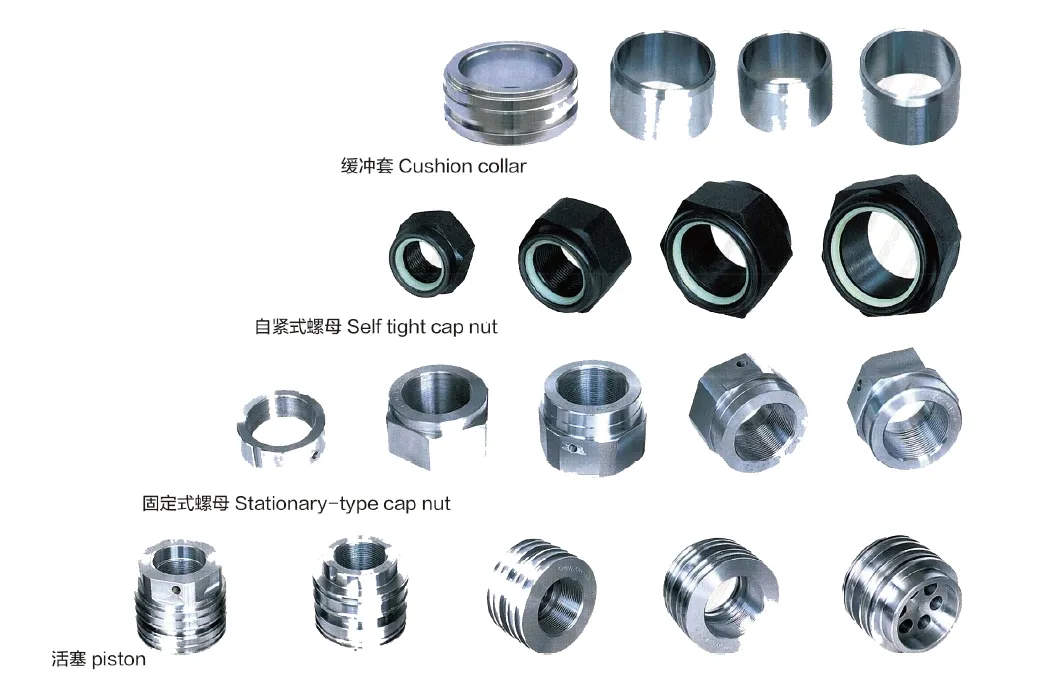
Safety Considerations and Environmental Factors
When using hydraulic cylinders, adhering to safety measures is paramount. Operators should be trained to understand the potential hazards associated with hydraulic systems, including the risks of hydraulic fluid spills and the mechanical risks posed by moving parts. Implementing safety protocols, such as using personal protective equipment (PPE) and following proper operational procedures, minimizes risk during maintenance and operation.
Moreover, environmental considerations should be made to prevent contamination. It is essential to manage hydraulic fluids responsibly, ensuring that any leaks or spills are immediately addressed to protect the surrounding environment. Utilizing eco-friendly hydraulic fluids can also contribute to reducing environmental impact.
Troubleshooting and Common Issues
-
Hydraulic Leaks
Hydraulic leaks often indicate failed seals or damaged components. Operators should inspect seals and joints for signs of wear or damage and replace them as necessary. Addressing leaks promptly can prevent loss of hydraulic fluid and maintain system pressure.
-
Inconsistent Cylinder Movement
Inconsistent or jerky movement of the boom cylinder may be due to air trapped in the hydraulic system or low fluid levels. Bleeding the hydraulic system to remove air and ensuring adequate fluid levels can resolve this issue and restore smooth operation.
-
Overheating
Overheating can occur due to excessive load or insufficient lubrication. Operators should monitor load limits and maintain proper lubrication practices. If overheating persists, inspecting the hydraulic system for blockages or issues is necessary to ensure efficient operation.
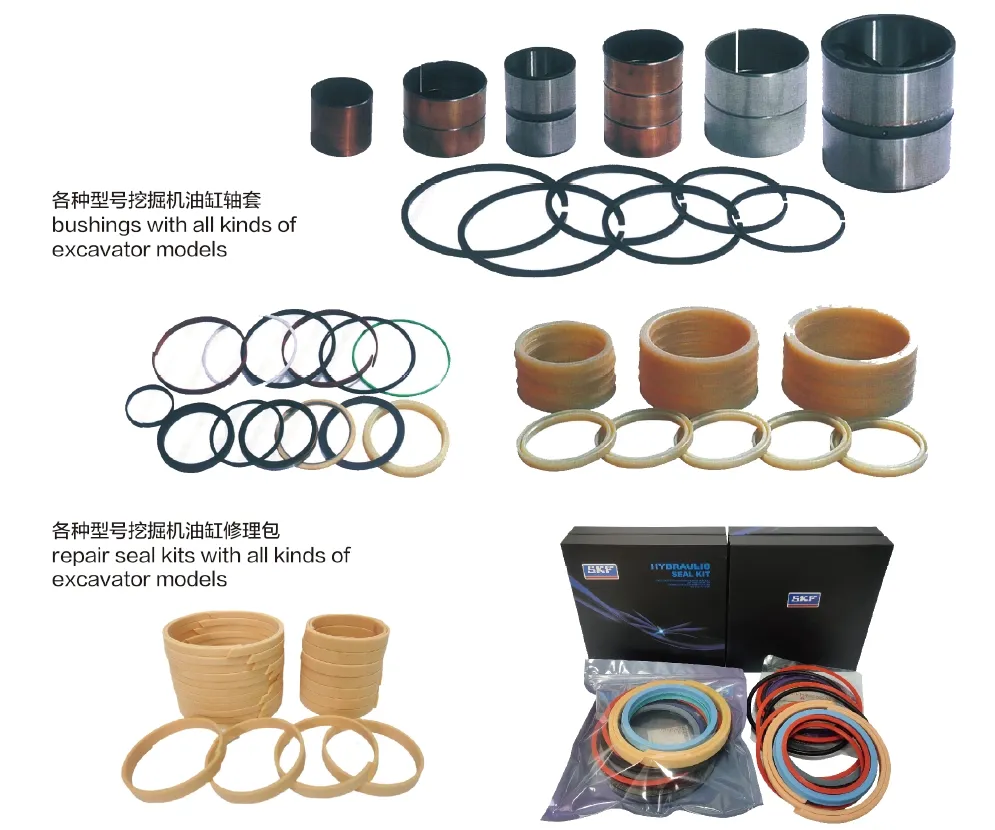
Preventive Measures
To reduce potential problems with the boom cylinder, operators should implement several preventive measures. Regular inspections and maintenance can identify issues early, ensuring the hydraulic system operates efficiently. Adequate training for operators on safe handling and operation can help to mitigate risks associated with hydraulic machinery.
Moreover, maintaining a clean work environment and promptly addressing any hydraulic fluid spills will protect both the equipment and the surrounding area. Establishing a routine for checking and replenishing hydraulic fluid levels will also prevent performance issues caused by low fluid conditions.
Company Overview
We are a leading manufacturer of alternative hydraulic cylinders, providing a comprehensive range of products to both domestic and international markets. Our commitment to excellence in quality and our refined manufacturing management strategies enable us to produce high-quality hydraulic cylinders efficiently.
With a focus on innovation, we continuously improve our manufacturing processes by employing advanced technology, skilled personnel, and robust quality control systems. Our production capabilities ensure that we meet diverse customer requirements while adhering to international certifications for quality and safety.
We also offer customized services to meet specific client needs, ensuring that our solutions align perfectly with their operational challenges. Our after-sales support is dedicated to ensuring customer satisfaction, providing quick responses and technical assistance as needed.
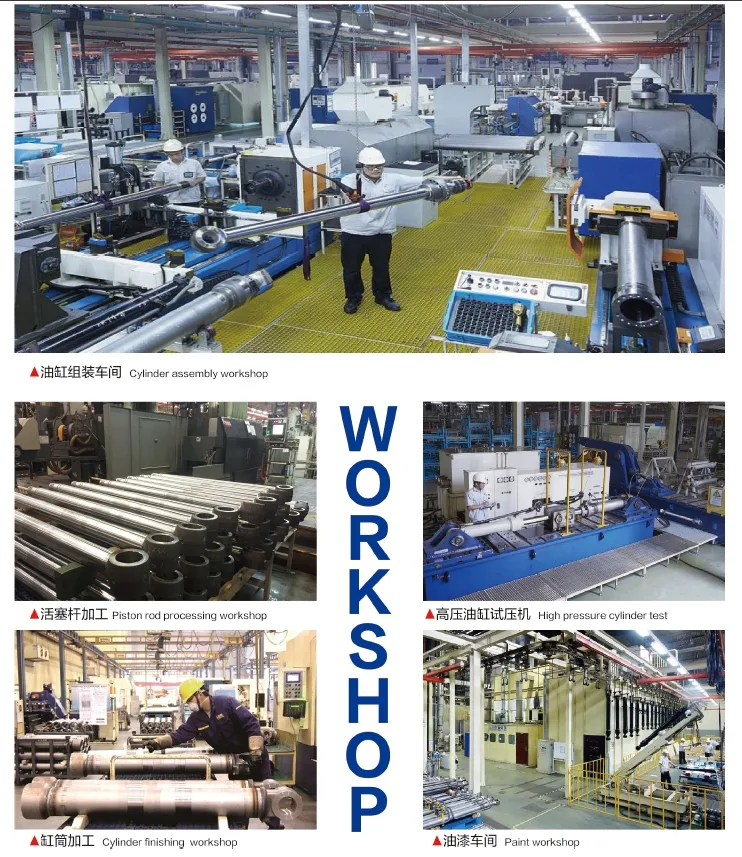
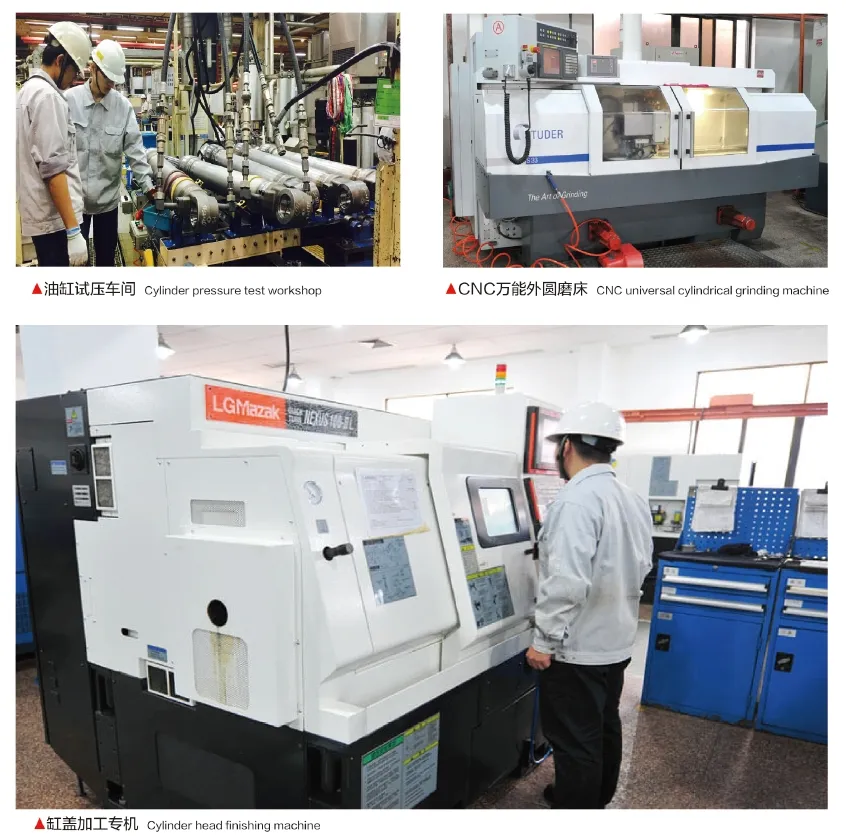
Author: lyl
Tutustu VR-tehtaaseemme:
Tutustu VR-tehtaaseemme seuraavalla kierroksella
Hydraulisylinteri Sovellus:


